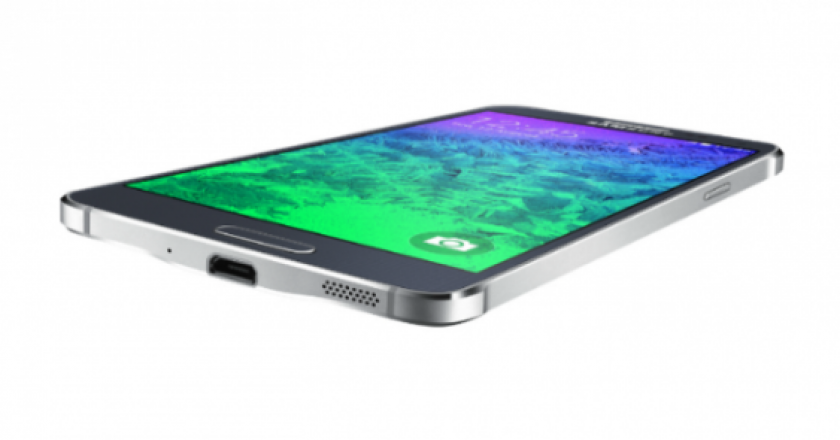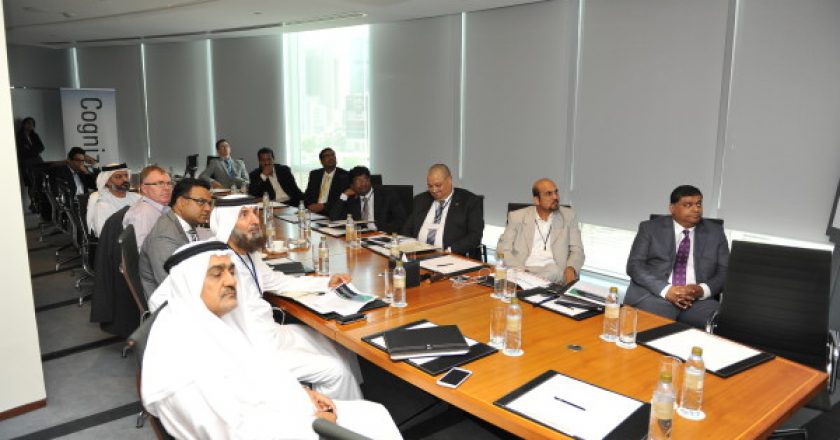Nikhil Premanandan, Marketing Analyst, ManageEngine, discusses the appropriate tools for managing multiple vendors within an enterprise storage environment.


Nikhil Premanandan, Marketing Analyst, ManageEngine, discusses the appropriate tools for managing multiple vendors within an enterprise storage environment.
Mario Georgiou, Regional Partner Director, Middle East and Africa, Juniper Networks, explains the transforming role of the channel in a cloud-enabled environment.

Samsung has released a new phablet incorporating a metal frame, and comes at a “competitive price point”, according to the Korean electronics maker.

Fabrizio Croce, Regional Director, Southern Europe and Middle East, WatchGuard discusses the importance of guarding encrypted traffic, and offers his predictions for 2015.

With cloud computing having a marked impact on the way IT serves the enterprise, the ‘as-a-service’ model has been a game-changer. Now, most types of hardware, software, IT or business process can be offered as a cloud-based service. We look at the models’ prospects in 2015.
Reseller ME investigates how channel partners can be more relevant in a cloud-enabled market and how the transition can be made.

Cisco will package and deliver enterprise collaboration capabilities via a mobile and Web app built to replicate the ease of use of consumer software but designed for ad hoc, workplace team interaction.
Taj ElKhayat, Managing Director, Middle East, Turkey, North, West, and Central Africa at Riverbed Technology, explains how to overcome challenges in location-independent computing.

IT security professionals have to find frailties in external security systems before cybercriminals – who can attack at an increasingly fast pace – seek to exploit them. With that in mind, it is paramount that security professionals are aware of common weak points.

Ziad Nejmeldeen, Chief Scientist, Infor, looks at why organisations are struggling to capitalise on Big Data and highlights why embedded Data Science holds the key to the challenging trend.

Banking and securities companies in the Middle East and North Africa are on pace to spend approximately $13.1 billion on IT products and services in 2014, an increase of 2.4 percent over 2013 revenue of nearly $12.8 billion, according to Gartner.
Modern healthcare is increasingly becoming dependent on hi-tech IT systems and solutions. Reseller ME investigates why partners should align their focus to this sector and explores the channel opportunities present.

It will come as no shock to anyone that the UAE’s Ministry of Labour creates and manages a great deal of paper. Documents, from the HR to the legal and finance departments have historically taken up rooms filled with boxes, which in turn are filled with files.

CommVault has announced it will showcase its Simpana 10 software platform at the upcoming GITEX Technology Week.

Big Data can be extremely useful, or equally as tedious. With the world generating more and more data, businesses need the tools to tame this beast.

Businesses today are required to deal with technological advancements occurring at a pace never experienced before. What’s more, trends like …

User experience in mobile devices should be dynamic and business-oriented, writes Nick Jones, Vice President and Analyst, Gartner.

Data centre technology is rapidly changing. With the advent of virtualisation and increasing speed and agility may come a sense of impending doom for IT staff. However, more efficient centres do not necessarily mean the end of a robust technical department.

In conjunction with Cognizant and a Gartner delegate, CNME hosted a discussion with industry experts on transformational IT.

An event that spanned the region, with workshops in Dubai, Doha and Riyadh, CNME’s Data Centre Build allowed its partners and expert speakers to shed light on the unique challenges and opportunities for virtualisation in the Middle East.